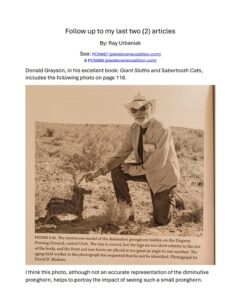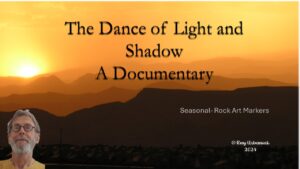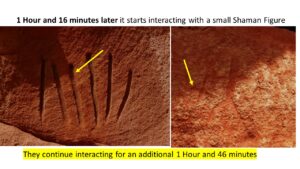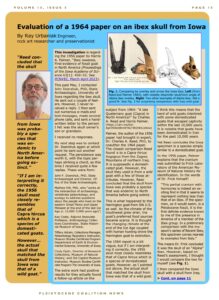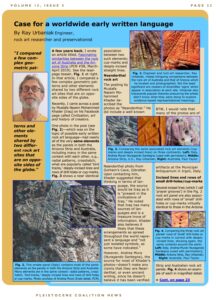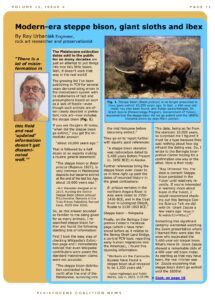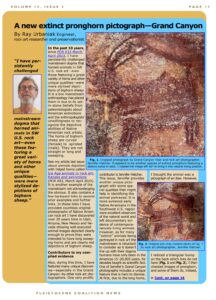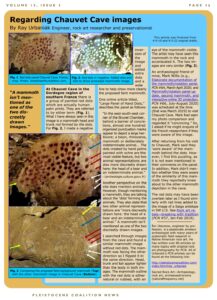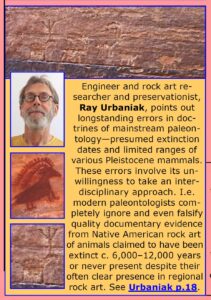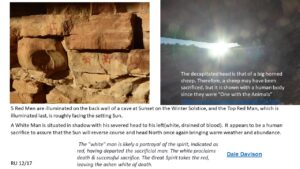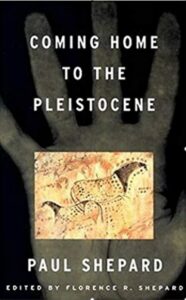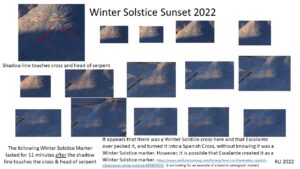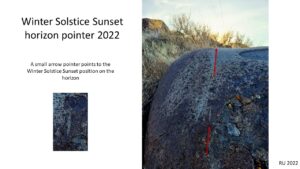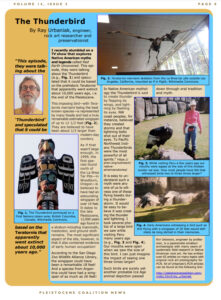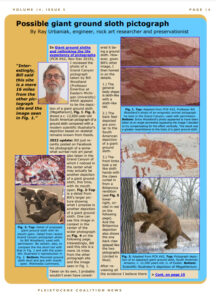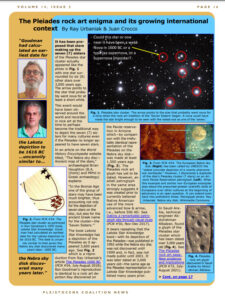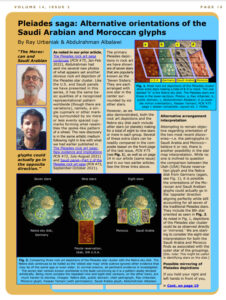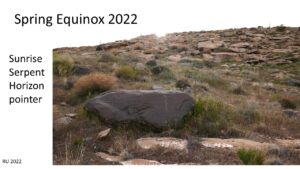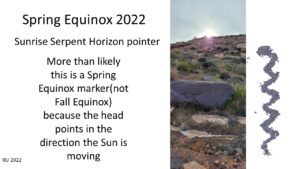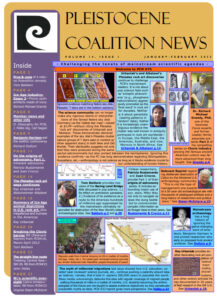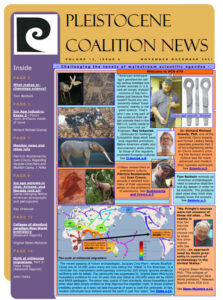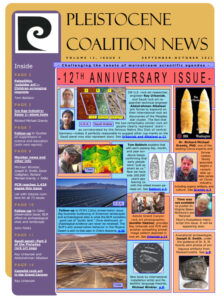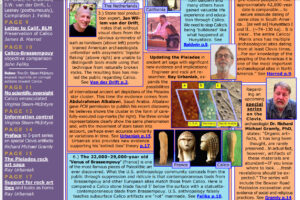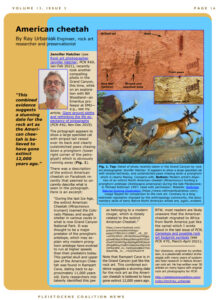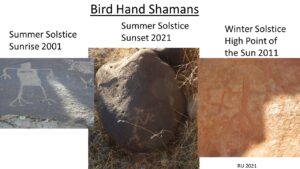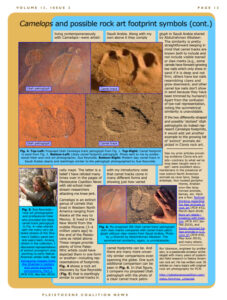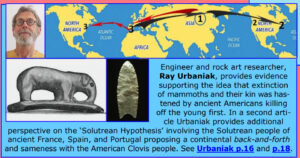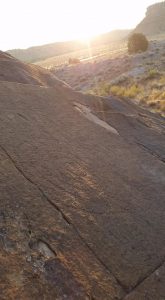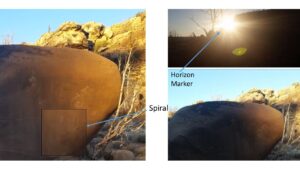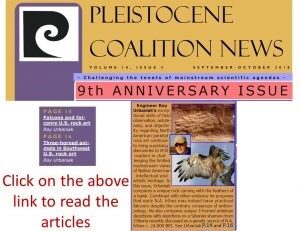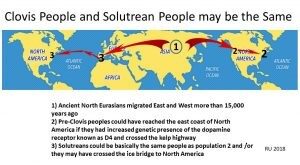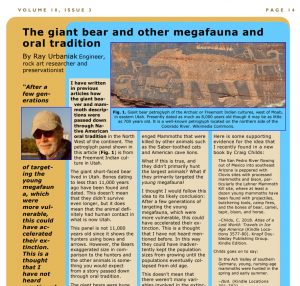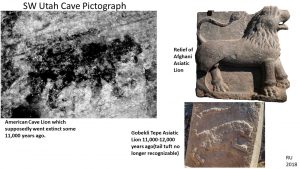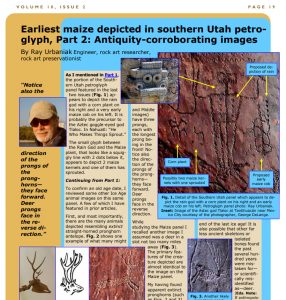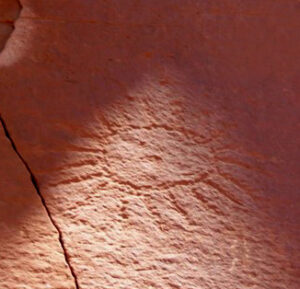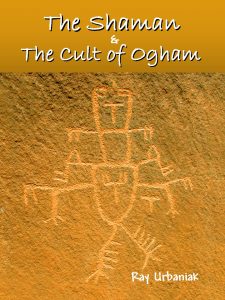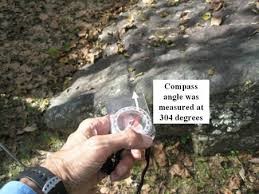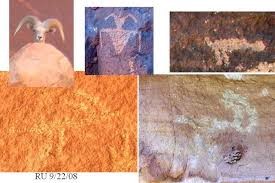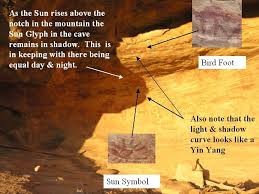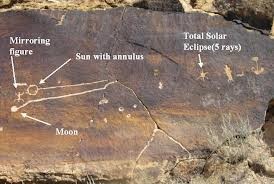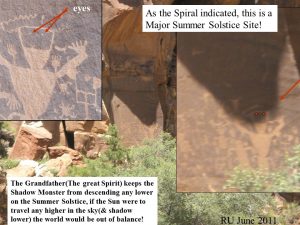The Sacred Rocks
Ray Urbaniak f
Reasons for Rock Art
Seeing & Documenting what has been Overlooked
Comments on my Website
Archaeoastronomy & Archaeology
Books, Articles, Videos & Links
By: Ray Urbaniak
RAY URBANIAK is an engineer by education and profession; however, he is an artist and passionate amateur archeologist at heart with many years of systematic field research on Native American rock art, especially as related to archaeoastronomy, equinoxes and solstices in Utah. He has noted that standard archaeological studies commonly record details of material culture but overlook the sometimes incredible celestial archeological evidence. Urbaniak has also played a major role in documenting and raising concerns for the accelerating vandalism, destruction and theft of Native American rock art. He has brought state representatives to rock art sites with the hope of at least placing labels as protected nearby what he calls “sacred art” sites as a deterrent to vandalism.
Ray is a contributing writer for the Pleistocene Coalition News, and has also written numerous articles published on the Manataka American Indian Council website.
Ray has written several Archaeology books and in 2016 published his first fiction novel based on actual findings.
This new web site has links to many other works, & archaeology facebook posts
Great Eagle, an Ancestral Puebloan Shaman, follows the bread crumbs(corn crumbs), to unravel the story of a Celtic visitation in the distant past. His adventures explore the history of the visitors as well as the mystery of life itself.
The story starts in the year 1257 ce.
Prehistoric Fiction, Native American, Science Fiction, Eco-fiction,
Petroglyphs, Archaeoastronomy, Ogham, Celtic, Rock Art
See Reviews:
Manataka American Indian Council

Pleistocene Coalition Page 6
This book delves into recent discoveries of previously unrecorded Solstice, Equinox, and Cross Quarter Markers both petroglyph and horizon markers in Southwest Utah. Also included are the first ever general guideline for identifying Solstice and Equinox markers.
How often do you look at a calendar or in other ways confirm the date? Well, the Anasazi’s preoccupation with the Sun should come as no surprise! Celestial event recording stone & horizon markers, including petroglyphs & pictographs, have been recognized around the world for a long time. However, in 1977 when Anna Sofaer discovered an Anasazi “sun dagger” solstice marker at Fajada Butte in Chaco Canyon, New Mexico, interest in Native American Solstice markers in the United States skyrocketed!
Manataka web site shopping cart link below may not be staffed any more? Therefore you can ORDER directly from the author.
2001 an Anasazi Odyssey
- Learn the real story of our Paleolithic ancestors, a cosmopolitan story about intelligent and innovative people – a story unlike that which is promoted by mainstream science
- Explore and regain confidence in your own ability to think for yourself as a broader range of evidence becomes available to you
- Join a community not afraid to challenge the status quo. Question with confidence any paradigm promoted as “scientific” that depends upon withholding conflicting evidence from the public in order to appear unchallenged.
Refined thinking regarding Ice Age Animals in Rock Art
I stumbled into writing about my findings of Ice Age Animals depicted in Rock Art.
I have now had a number of years researching Ice Age animals and have refined my observations and thinking based on that research.
Mammoths were believed to have gone extinct 10,000 years ago. Now the latest findings show that Mammoths survived on St Paul Island until 5700 BP in addition to surviving on Wrangel island, Russia until 1700 BC (3700 BP).
https://en.wikipedia.org/wiki/Wrangel_Island
“Gomphothere Radiocarbon dating of charcoal flecks and burned bone found within the context of the fossils indicated a reliable age of 13,390 years. This made these two gomphotheres the last known gomphotheres in North America.”(fossils have been dated to as recently as 6,060 BP in South America)
http://popular-archaeology.com/issue/june-2011/article/archaeologists-discover-one-of-the-oldest-known-clovis-hunting-sites-in-north-america
This animal was mistakenly thought to have been extinct long before the arrival of humans in North America, the same is most likely true for some species of Pronghorn antelope which are believed to have gone extinct before the arrival of humans in North America. Some of these pronghorn species and Ibex are not believed to have lived in this area either.
These extinction dates and areas of habitation are simply derived because bones and horns have not been found yet in these areas. Opossums, raccoons, squirrels, porcupines, chipmunks, mice, rats and any other animal that needs calcium eat antlers, horns, and bones.
Rodents chew on antlers for the mineral content and also because of their dentistry.
Rodent teeth grow continually so they need to chew to keep them worn down.
The truth is that this is a very murky area. Few animals are fossilized and few animal and human bones survive long periods. “If a body is exposed to water, insects, open air, or highly acidic soil, then bacteria and fungi will be able to invade that porous network, and seek out the proteins of the collagen within the bones, which causes those bones to break down and eventually crumble to dust!”
https://www.scienceabc.com/humans/skeleton-mystery-dont-bones-decay-decompose.html
I feel that extinction dates and locations are just Educated Guesses.
I had read about and accepted that this species died out before the last ice age and that these species died out at the end of the last ice age. Now I realize that this simply isn’t true!
It is a generalization based on a limited sample of fossils and bones that happen to have been found to date.
Many species of pronghorn that are believed to have gone extinct before the end of the Pleistocene. However, rock art depictions appear to indicate that some of them may have survived much longer, to the end of the Pleistocene or later. Other images appear to confirm the presence of Ibex, Saiga Antelope, and other animals in Southern Utah and Arizona where they are not supposed to have lived.
How many other species survived much longer, in pockets in certain areas, than the dates that have been discovered in the fossil record to date? And I feel it is possible that non-recorded species of pronghorn antelope could have existed as well.
The Tetrameryx shuleri (Shuler’s pronghorn) is an extinct pronghorn which lived until 11,000 -12,000 years ago. Its existence is based on scant remains at 5 sites (possibly only 3 sites in Texas since horns were not found at the other 2 sites)! Therefore, it could easily have survived longer, and begs the question of how many other varieties existed which haven’t as yet been found? Some of these Antilocaprids that survived near the end of or after the end of the ice age may in fact be depicted in rock art despite an absence of fossil evidence.
These dates are only based on what has been found to date, and as you can see from the above discussion, these dates are constantly changing as new evidence becomes available. I submit that these petroglyphs should be considered new evidence!
Petroglyph and pictograph images appear to be a good indicator as to which animals existed or survived longer than is presently believed.
I accept that many other depictions of extinct animals were passed down through oral tradition but the detail of some pictographs and petroglyphs appear to indicate a personal intimate knowledge of these animals. The inhabitants of this area were either familiar with them before these same people migrated here from Beringia, and or they lived with these animals in this area!
– More on Ice Age animals in Southwest U.S. rock art (Issue 26)
– Intriguing images from the Shaman’s Gallery and possible conclusions, Part 1 (Issue 32)
– Intriguing images from the Shaman’s Gallery and possible conclusions, Part 2 (Issue 32)
– Ice Age animals in Southwest USA rock art: More on their identification and protection (Issue 34)
– Minor detail from Utah rock panel with a proposed mammoth hunting scene (Issue 37)
– More on a Utah rock art panel with a proposed mammoth hunting scene (Issue 38)
– Ice Age animals in SW USA rock art, continued: Another potential mammoth image (Issue 41)
http://pleistocenecoalition.com/newsletter/may-june2017.pdf
http://naturalfrequency.net/blog/wp-content/uploads/2017/12/july-august2017.pdf
http://pleistocenecoalition.com/newsletter/november-december2017.pdf
http://pleistocenecoalition.com/newsletter/march-april2018.pdf
News item Ray Urbaniak:
-Recommended article: Aboriginal memories of inundation of the Australian coast dating from more than 7000 years ago (Issue 44)
http://pleistocenecoalition.com/newsletter/november-december2016.pdf
-Recommended articles: Articles providing more evidence of oral histories passed down across millennia (Issue 45)
http://pleistocenecoalition.com/newsletter/january-february2017.pdf
Fiction by Ray Urbaniak overview:
| The Shaman and the Cult of Ogham Page 6
|
Articles published on Manataka American Indian Council web site.
For thousands of years this sacred site was known as Ma-na-ta-ka®(Place of Peace – the Unbroken Circle). Elders of many nations from the four corners of Turtle Island made long pilgrimages to this magnificent place to perform ceremonies and share the gift of the curative waters called No-wa-sa-lon (Breath of Healing). They received other special gifts like healing stones, healing clay and healing herbs to enhance their journey through life.
Read the fascinating and true saga of Manataka® and see how hundreds of tribes, Spanish Conquistadors, two American Presidents, Mayan and Lakota spiritual leaders, and the Rainbow Woman all played a role in the exciting “Story of Manataka“.
The Manataka America Indian Council® exists to preserve and protect this sacred place. Welcome to our village! Please come into our lodge and enjoy the gifts we have for you.
Please note: Manataka web site is no longer on-line(I will leave links up in case the site is reactivated. I suspect the founder and financial supporter has passed away.)
Click on pdf’s at bottom of page to view articles
| Judaculla Rock |
| Follow up to: Ice Age Animals in SW United States Rock Art  |
The Sacred Rocks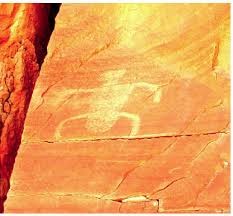
|
Anasazi Equinox Marker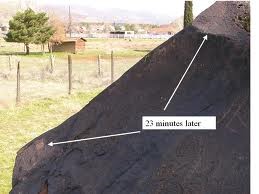
|
Winter Solstice Sunset Ceremonial Serpent Mound
Ice Age Animals in SW United States Rock Art, and ClovisFolsum extinctionfor Mantaka
|
Significance of the T Shape (This appeared in Ancient American Magazine, Volume 10 Number 62, pages 26-29)
|
| Mammoth Panel(attempt at dating) I posted this because the technique I came up with is sound, but in this case there were too many variables |
| Solstice Videos on Facebook Winter Solstice and Summer Solstice
|

Cross Quarter Video (I originally identified and photographed this marker with a camcorder. Todd Ellis and Shelby Meinkey did a much better digital version. Scroll down to Shelby’s video.) |
| Some of the other Solstice and Equinox sites posted on Facebook …
Summer Solstice Shadow Monster
|
View On Magazine November 2017

